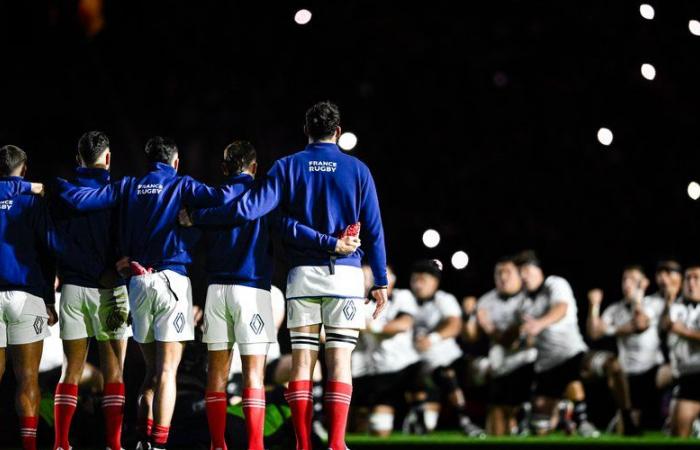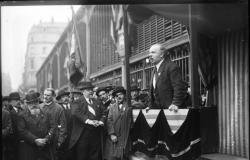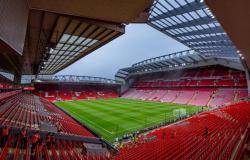
It’s a bit like the weather. First, we’re predicting polar cold, so don’t sneak a bear outside. And then, dressed in a wool and fur coat, a hat and gloves that match well, you open the door to find… A lot of sunshine! As if there were 25 degrees separating the announced temperature from the one actually felt. This is a bit like what French rugby experienced in November for this international episode. Or rather, what concerns the undeniable craze that accompanied it. And sublimated.
How can we read, then, and understand this gap between the fears of disenchantment and the reality of the figures? On the one hand, we find the cantankerous comments which have been pursuing rugby and its garland of affairs for several months; this rugby, quickly denounced by a vox populi, that of “those who have an opinion on everything”, as a sport of thugs played by even worse people, a remnant of dirty guys sometimes racist, sometimes rapists, sometimes drug addicts. Sometimes all three.
On the other hand, there are these exceptional audiences achieved for friendly matches. 6.7 million viewers against Argentina and even 7.3 million for New Zealand, these are scores that we do not always achieve in the 6 Nations Tournament, which remains our standard.
So, how do we explain all this? By many things. Individual occurrences like so many cases – whether they are called “Cécillon”, “Jegou-Auradou”, “Jaminet”, “Haouas”, “Hounkpatin” and so on – too numerous and immensely reprehensible, do not make a All. The generalization of hasty and extensive judgments across an entire sport is not a practice that necessarily goes beyond the walls of social networks. And the people of rugby, although they must always be proud to denounce the infamy, have not soiled the whole basket with a few dirty cloths.
There is the weight of names, too. And that of a boy, whether we like it or not, whether we find him overexposed or not. Antoine Dupont is the kid who has become a man and on whom everything smiles. The one we see everywhere, and often far from the rugby fields: in TV commercials, in parades and in markets. But we always take so much pleasure in seeing our natural environment again on land, forever. Dupont had not been there, with the XV of France, for a year and he was not lacking only in terms of performance. If the rugby fan will always turn on his TV when the Blues are playing, the occasional curious person comes more hastily when Dupont is there. He was. And this obviously counts in the results of enthusiasm mentioned.
Finally there is the weight of the images and the broadcaster. TF1, which quickly became known as “Europe’s leading channel”, provides a structural audience base that no other channel could promise. She was spoiled, moreover, with absolutely sublime sequences to work on: the staging concocted by the Stade de France and the FFR, for this autumn “starter-main-dessert” trio, was one of the best shows in the world. American.
For a long time, this Dionysian venue was denounced as the coldest in the world, where nothing happened other than a match. Now that we have seen the Haka alone on stage, ethereal in a point of light cutting through this stadium bathed in darkness, we say to ourselves that all the other stadiums in the world will look bland. This light, this silence, this moment, this blue-white-red, these are the kind of images that go around the planet. And who, have no doubt, will still contribute, tomorrow, to the best promotion of our sport.





